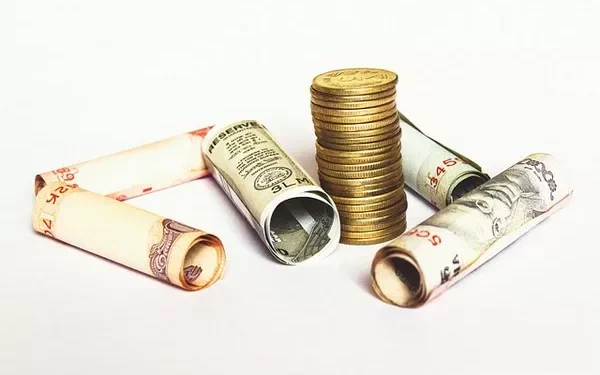On Wednesday, the Indian Rupee (INR) witnessed a decline against the US Dollar (USD) amidst renewed strength in the greenback. The downside for the local currency is expected to be mitigated by potential intervention from the Reserve Bank of India (RBI), aimed at stabilizing exchange rate volatility in the short term. However, concerns loom over the impact of rising crude oil prices due to geopolitical tensions in the Middle East, given India’s significant dependence as the world’s third-largest consumer of oil. Additionally, apprehensions regarding foreign outflows from emerging markets, including India, are likely to exert further pressure on the INR.
Market focus remains keenly on the upcoming Monetary Policy Committee (MPC) meeting of the RBI scheduled for Thursday. Analysts anticipate a shift towards a more neutral stance by the central bank, which could potentially exert downward pressure on the Rupee if perceived as dovish.
In economic assessments, S&P Global Ratings highlighted India’s exceptional growth and strong external indicators within the South Asian region. The trajectory of the government’s fiscal deficit is identified as crucial in determining future sovereign ratings.
Deloitte India forecasts robust economic expansion for India in the current fiscal year, projecting growth between 7.0% to 7.2%, supported by resilient economic fundamentals and ongoing domestic policy reforms.
Technical analysis of the USD/INR pair indicates a bullish outlook, supported by its position above the 100-day Exponential Moving Average (EMA) and an upward trend line since early June. The 14-day Relative Strength Index (RSI) signals upward momentum, suggesting potential for further gains.
Key levels to watch include immediate resistance at the psychological barrier of 84.00, with potential upside targets extending to 84.50 upon a sustained breakout. Conversely, initial support is seen at the uptrend line near 83.78, followed by the 100-day EMA at 83.49. A breach of these levels could expose lower supports around the 83.10-83.00 range.
The evolving dynamics underscore the interplay between global economic factors and domestic policy responses, influencing the trajectory of the INR amidst broader market conditions.
Related Topics:



























